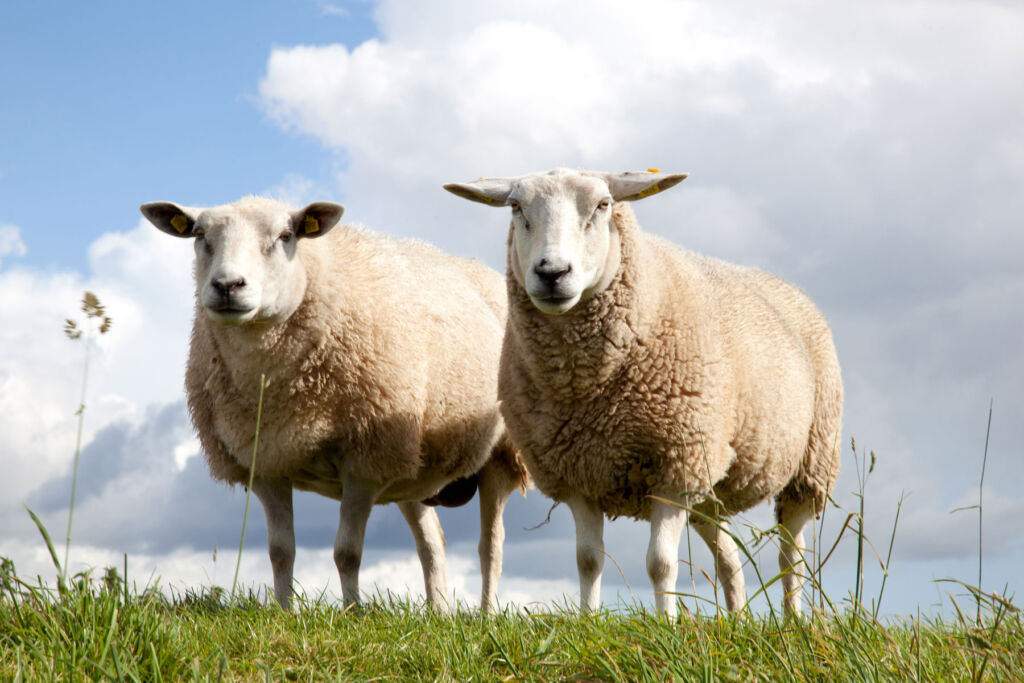

Fashion consumers are becoming more eco-conscious. However, the lack of a universal agreement on what constitutes a sustainable fabric makes any significant transition challenging. Are synthetic/artificial fabrics always detrimental to the planet, and what defines a genuinely sustainable textile?
PETA’s recent competition to find a vegan alternative to wool is an initiative that raises the question of what actually is sustainable fashion and, equally as important, what constitutes sustainable fabrics. It used to be a common belief that natural equals sustainable. However, leather, fur, and silk—once a sign of quality, have become controversial due to the non-vegan approach to fashion.


As a result, more top fashion brands are turning away from what is deemed cruel practices on animals or involving heavy pollution to explore alternative synthetic textiles. At the same time, fashion consumers are becoming more sustainability-minded.
A McKinsey survey showed that 88% support actions to reduce pollution, and 67% are more inclined to buy items if they are manufactured from sustainable materials.
Grėtė Švėgždaitė is one of the new generations of sustainable designers and is the founder of the loungewear brand GRETES. Grėtė believes scientists and fabric creators should be commended for making new discoveries in the textile world. However, at the same time, she sees that elevated consumer education about fabrics and sustainability is sorely needed to make a real change within the fashion industry.


Is a universal agreement in the making?
According to Grėtė, the uncertainty over clear criteria for sustainable fabrics poses a dilemma for a fashion consumer who cannot always discern which clothing items are genuinely sustainable and which ones are the product of greenwashing. The designer says the issue is further exacerbated because there is no universal agreement on what makes fabrics sustainable at the moment and many fashion brands are free to interpret sustainability as they wish. Yet there are several guidelines to follow when looking for a sustainable garment.
“Although the notion of sustainable clothing differs from continent to continent, the fashion industry is slowly coming to an agreement about several essential criteria: the fabric must come from natural origins, be made 100% from the same fibre to make it possible to recycle it afterwards, the workers have to be ethically paid, and no animals can be harmed during the manufacturing,” she clarified. “All this information is provided on clothing labels, so an eco-conscious consumer needs to learn to read them.”
Is natural always sustainable?
However, when it comes to natural fabrics, not all are considered sustainable because the material must also satisfy other criteria mentioned above. Ms Švėgždaitė adds that, in some cases, artificial fabrics can also be sustainable.
“If a garment is made from a synthetic textile sourced from petroleum, it will never be considered sustainable. Only a small part of artificial fabrics can be recycled. Therefore the possibility that the garments will be thrown into a landfill for hundreds of years is very likely. Nevertheless, there are other kinds of synthetic fabrics—like laboratory-made thread identical to materials found in nature, for instance, spiderwebs. ”
The designer maintains that such artificial material could replace silk and would be a cruelty-free, although artificial, alternative.
Read more business news, guides and features here.
